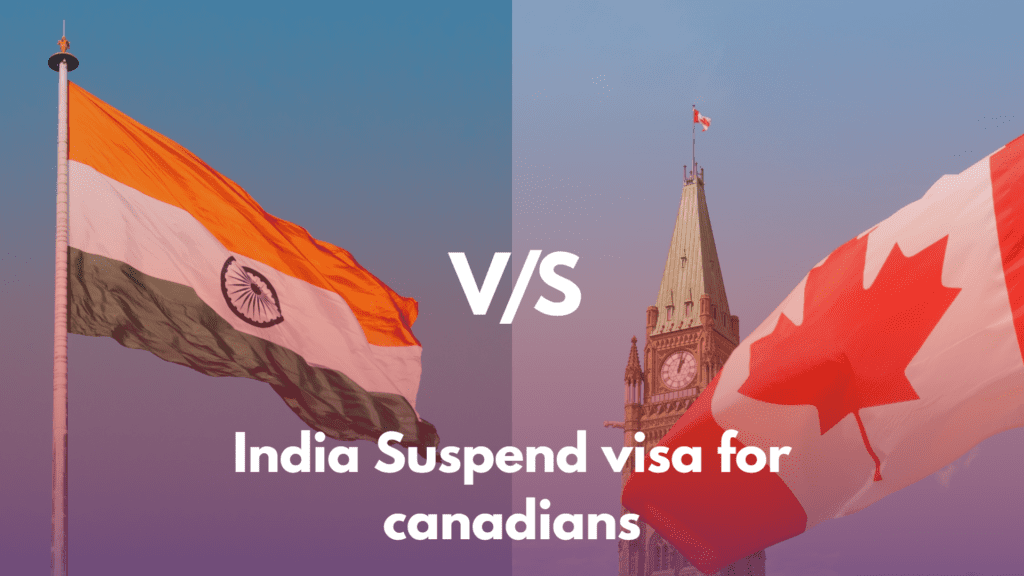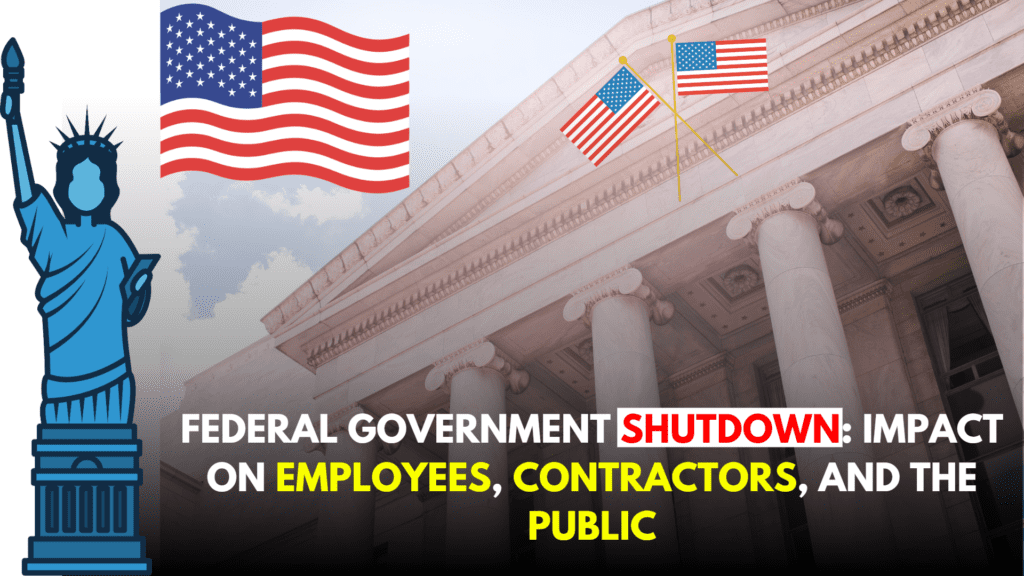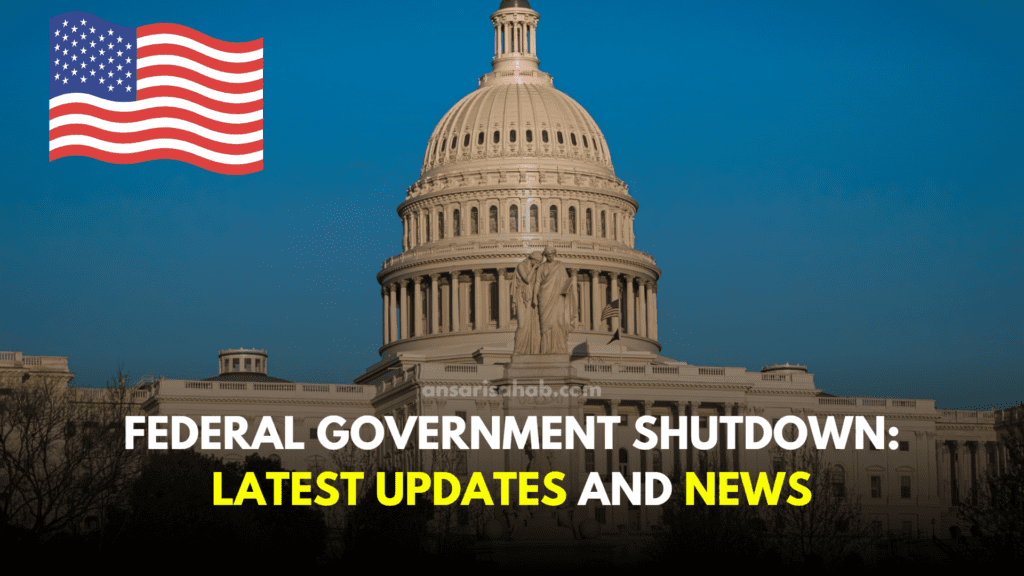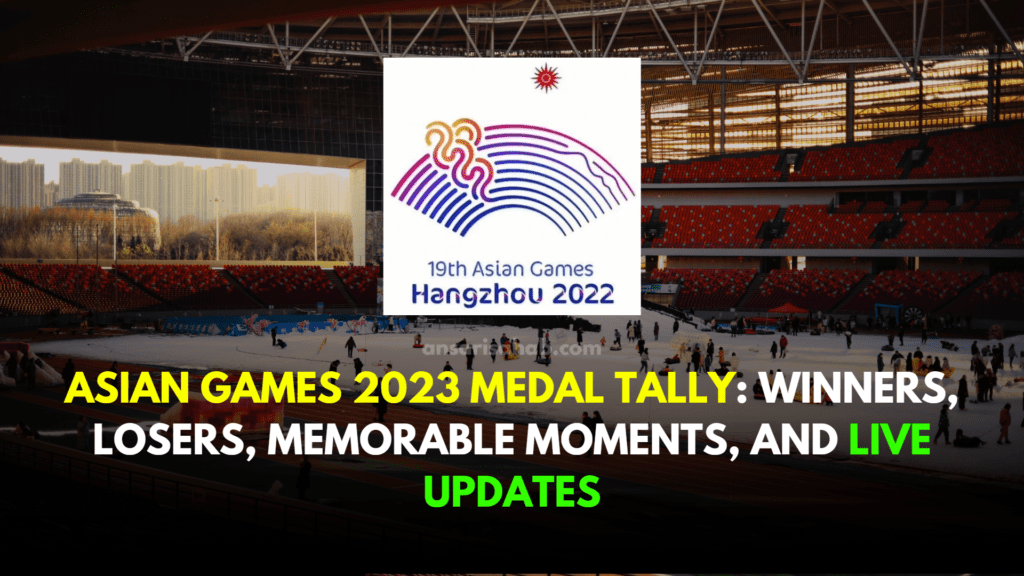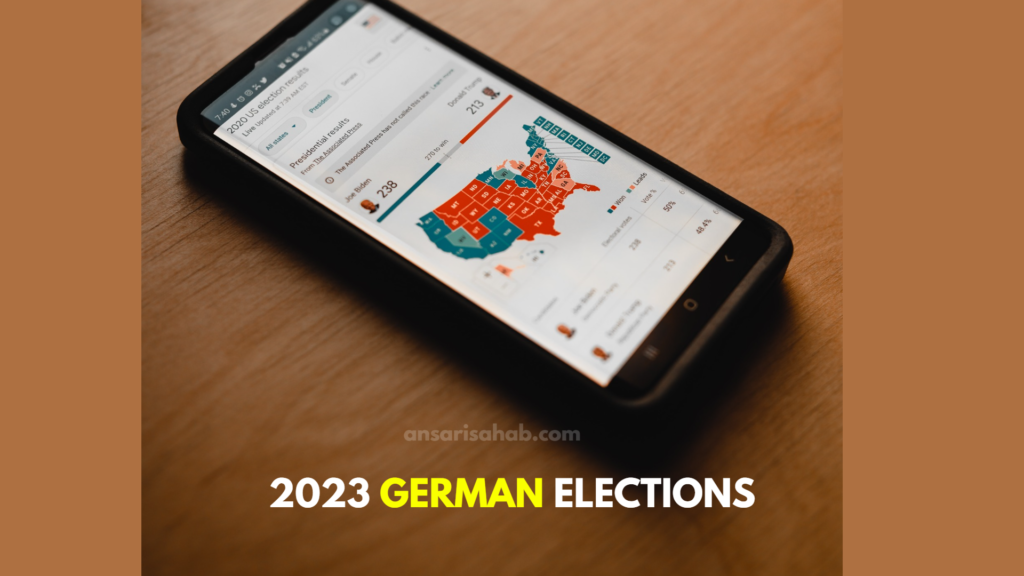In a world shaped by geopolitics and shifting alliances, trade has become more than just economics—it’s a weapon of diplomacy, influence, and control. The latest flashpoint is India’s growing frustration over what it calls a glaring “double standard” in how Western powers—particularly the United States and the European Union—handle trade relations with Russia.
As of August 2025, New Delhi is publicly pushing back against pressure from the West to curb its energy imports from Russia, while simultaneously watching the US and EU quietly maintain their own strategic trade links with Moscow. The situation has sparked widespread debate over fairness, sovereignty, and the true nature of the global order.
Background: A Year of Rising Tensions
The controversy began escalating in mid-2024, when Western sanctions against Russia intensified due to the ongoing Ukraine conflict. The US passed the “Sanctioning Russian Oil Partners Act” in October 2024, which threatened steep tariffs or restrictions on countries that continue purchasing Russian crude oil.
India, which has been importing discounted Russian oil since 2022, became one of the act’s unintended primary targets. Despite strong objections and lobbying by Indian diplomats, former President Donald Trump—re-elected in 2024—renewed his hardline stance, pushing a 25% tariff threat on key Indian exports in July 2025.
But what struck Indian policymakers as unjust was not the sanctions themselves—it was the continued trade between the West and Russia behind closed doors.
The Core Accusation: “Selective Morality”
On August 2, 2025, Indian External Affairs Minister S. Jaishankar made a sharp statement at the G20 Trade Ministers’ Meeting in Brazil, saying:
“You cannot expect India to bear the cost of global morality while Western economies still profit from Russian fertilizer, enriched uranium, and oil intermediates. This is not cooperation—it is coercion.”
This statement encapsulated India’s growing sentiment that the US and EU are applying selective morality—punishing some countries while exempting others when it suits their geopolitical or economic interests.
In a subsequent press briefing, Jaishankar cited official EU trade data showing that several EU nations have increased imports of liquefied natural gas (LNG) and nuclear fuel components from Russia even in 2025. Meanwhile, US multinational corporations continue purchasing Russian aluminum, titanium, and rare earth metals via third-party entities.
Suggested : India Rejects Trump Tariff Threat, US–EU Slam Russian Import Bans: Global Trade Tensions Heat Up in 2025
The Hypocrisy in Numbers: Who Is Still Trading with Russia?
According to the European Council’s July 2025 report, here are the facts:
- Germany imported €3.8 billion worth of Russian LNG in Q1 2025 alone.
- France and Hungary continue to rely on Rosatom, Russia’s nuclear energy corporation, for fuel deliveries.
- The US Department of Energy confirmed that Russian enriched uranium imports rose by 17% in the first half of 2025.
- American agribusinesses are importing fertilizers and potash via Russian firms operating through Central Asian intermediaries.
In contrast, India’s oil purchases from Russia have decreased by 22% year-on-year since April 2024, as per Indian Oil Corporation (IOC) data.
This disparity fuels India’s argument: Why is India being punished while others benefit?
Strategic Interests and the Politics of Pressure
Analysts say this is less about morality and more about strategic containment.
India’s growing independence in global affairs—shown through its BRICS+ alignment, trilateral corridor agreements (with the Middle East and Europe), and a strengthening defense partnership with Russia—has unnerved the West. Many believe the US is using tariffs to pressure India back into alignment with its foreign policy goals.
Trade expert Dr. Arvind Kumar, speaking to Economic Times on August 3, commented:
“This isn’t about oil anymore. It’s about reminding India who’s in charge of the rules-based order. But India is no longer a player—they’re trying to be a rule-maker.”
India, once seen as a neutral “balancer,” is now increasingly viewed as a challenger to Western hegemony, especially after signing long-term energy contracts with Russia and engaging in local currency trade bypassing the US dollar.
Indian Public Sentiment: Nationalist Support and Economic Reality
The backlash from Indian citizens has been swift and vocal. #IndiaFirst and #WesternHypocrisy trended on X (formerly Twitter) after Jaishankar’s speech.
Independent journalist Radhika Sinha wrote in The Print:
“This is not just about oil or tariffs. It’s about India being respected as a sovereign nation. We cannot be dictated to when the West itself bends the rules to fit their needs.”
At the same time, Indian businesses fear the economic repercussions of tariffs. Exporters of textiles, pharmaceuticals, and auto parts, which collectively generate $42 billion annually from the US market, face potential losses if the tariff threats materialize.
A New Trade Bloc Reality?
This episode could push India even further into alternative trade frameworks:
- Strengthening ties with BRICS+, which includes Russia, China, Brazil, and South Africa.
- Fast-tracking the Chennai–Vladivostok maritime corridor, bypassing traditional shipping lanes controlled by the West.
- Boosting local currency transactions through rupee-ruble agreements.
India is also set to host the 2025 BRICS+ Trade Summit in New Delhi this October, where new non-dollar trade systems are expected to be discussed.
Conclusion: A New Chapter in Global Trade Politics
The standoff between India and the Western bloc over Russian trade is not just a diplomatic quarrel—it is a test case for the evolving multipolar world order. India is asserting its right to independent decision-making, demanding fairness, and calling out selective enforcement.
Whether the West will adjust its approach or double down on pressure remains to be seen. But what’s clear is this: India is no longer willing to quietly accept a global system built on selective morality.



